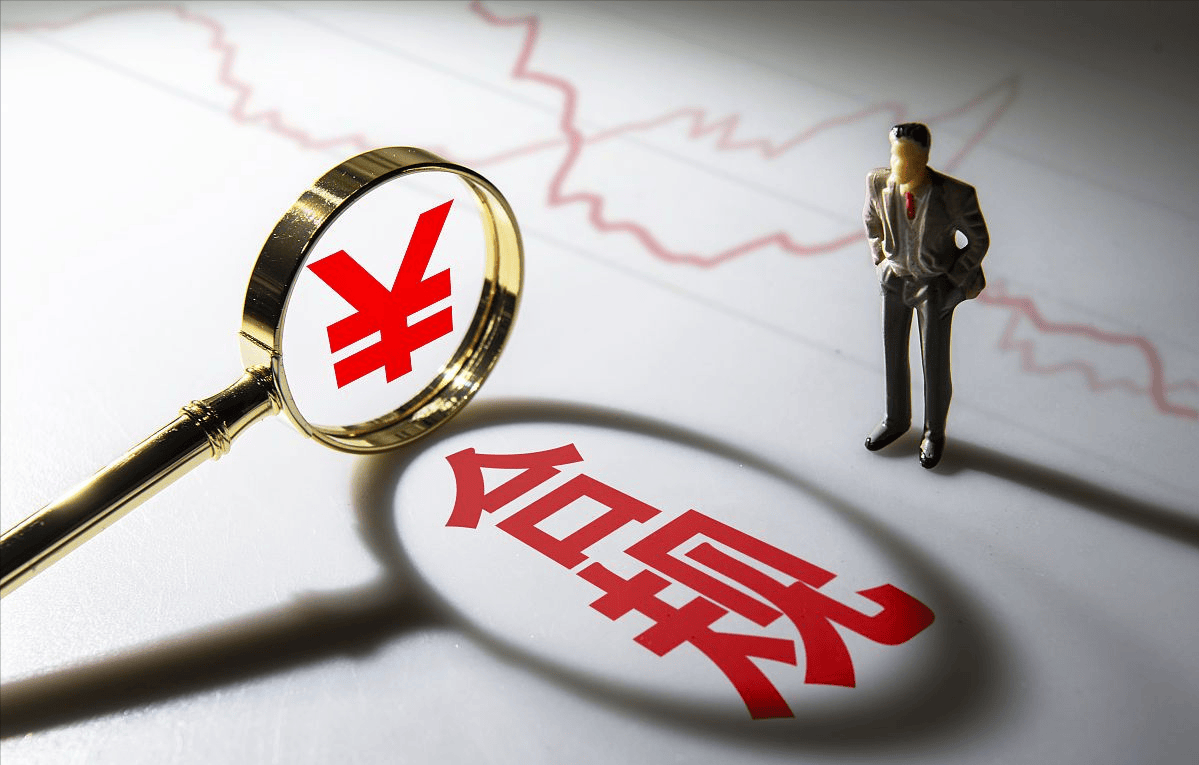
Against the backdrop of global economic integration, Chinese enterprises are showing a vigorous trend in going global. Recently, the situation for Chinese companies going overseas has been complex and changeable, facing both many opportunities and a lot of challenges. At the same time, compliant operations have become the key to the steady development of enterprises in overseas markets. In-depth analysis of the recent situation of Chinese enterprises going global and sorting out the key points of compliance are of great guiding significance for enterprises intending to expand overseas business.

Analysis of the Recent Overseas Expansion Situation of Chinese Enterprises
The scale of going global continues to expand, and investment fields are diversely expanded
In recent years, the scale of outward direct investment by Chinese enterprises has grown steadily. According to relevant data, China's outward direct investment flow has remained at a high level over the past period. Investment fields are no longer confined to traditional industries such as manufacturing and energy resources, but are rapidly extending to emerging sectors including advanced manufacturing, new energy vehicle industry chains, technology, and the digital economy. For example, in the new energy vehicle sector, some Chinese enterprises have actively established production bases, R&D centers, and sales networks overseas by virtue of advanced technologies and mature industry chains, gradually making a mark in the global market. In terms of the digital economy, Chinese internet and technology enterprises have achieved significant market share in regions such as Southeast Asia and Africa by exporting e-commerce models and mobile payment technologies, promoting the development of local digital economies.
Emerging markets have become popular destinations, with the characteristics of regionalized layout becoming increasingly prominent
With the in-depth promotion of the "Belt and Road" Initiative, emerging markets such as Southeast Asia, Africa, Latin America, and the Middle East have become key regions for Chinese enterprises to go global. These regions feature huge economic growth potential, robust market demand, and relatively low labor costs, providing broad development space for Chinese enterprises. Take Southeast Asia as an example: the region has a large population, a rapidly growing consumer market, as well as certain industrial foundations and policy advantages. Chinese enterprises in electronic manufacturing, textile and apparel, etc., have successively invested in building factories in Southeast Asia, leveraging local resources and markets to reduce production costs and expand sales channels. In addition, the reconstruction of global supply chains has prompted Chinese enterprises to pay more attention to regionalized layouts. By establishing production bases, logistics centers, etc., in neighboring countries, they form regional synergies to enhance the stability and efficiency of supply chains.
Technological Innovation Drives Going Global, and Digital Transformation Boosts Global Operations
Technological innovation has become the core driving force for Chinese enterprises to go global. In emerging technological fields such as artificial intelligence, big data, cloud computing, and 5G, Chinese enterprises have made remarkable progress and applied these technologies to global business expansion. For instance, some intelligent manufacturing enterprises have achieved global production collaboration through Internet of Things (IoT) technologies, enabling real-time monitoring of production processes, optimizing production flows, and improving production efficiency. Cross-border e-commerce enterprises leverage big data analysis to precisely identify customer needs in overseas markets, carry out personalized marketing, and enhance the customer experience.Meanwhile, digital transformation has also helped enterprises better manage global operations, break down information silos, and achieve efficient communication, collaboration, and resource allocation. By building digital operation platforms, enterprises can gain real-time insights into the operations of overseas branches, make timely decisions, and mitigate operational risks.
The activity of cross-border mergers and acquisitions (M&A) has rebounded, with strategic synergies attracting attention
In the second half of 2024, especially in the fourth quarter, cross-border mergers and acquisitions (M&A) showed a gradual recovery trend. Although there is still a certain gap compared with the previous peak, corporate confidence and M&A willingness have begun to increase. The motivations for Chinese enterprises' overseas M&A have become increasingly diversified. Not only do they aim to acquire resources, technology, and markets, but they also focus on achieving strategic synergies through M&A to enhance their position in the global industrial chain.In terms of industries, M&A transactions in energy, electricity, traditional manufacturing, and other industries have large volumes, while high-end manufacturing is also a target pursued by Chinese enterprises. For example, in the energy sector, some Chinese enterprises ensure the stability of domestic energy supply and expand overseas market business through acquiring overseas energy assets. In high-end manufacturing, by acquiring foreign advanced enterprises, they obtain their core technologies and brands, accelerating their own technological upgrading and internationalization process.
Compliance Key Points for Chinese Enterprises Going Global

Compliance with Overseas Direct Investment (ODI) Filing
Differentiation and Processes of Filing and Approval: China implements a management model for overseas investment that prioritizes filing with approval as a supplement. For investments in non-sensitive countries/regions and non-sensitive industries, the filing system applies. Central enterprises directly submit filing applications to the Ministry of Commerce, while local enterprises handle them through provincial-level commerce departments. When materials are complete, filing can usually be completed within 3 working days, and the Enterprise Overseas Investment Certificate is issued.For investments in sensitive fields—such as those involving countries with which China has no diplomatic relations, regions under UN sanctions, and industries like weapons and equipment, cross-border water resource development, and news media—the approval system is required. In addition to submitting routine materials, enterprises must also provide additional documents such as investment contracts and industry access certificates. After acceptance by the Ministry of Commerce, approval is generally completed within 20 working days, and during this process, opinions from overseas embassies and consulates must be solicited.
Eligibility Requirements for Enterprise Entities: Domestic companies are preferably established for more than 1 year. If established for less than one year, it is difficult to pass the approval or filing of the examination and approval authorities due to the inability to provide complete audited financial statements. The audit report issued by an independent third-party accounting firm in the recent year should not show losses. It is recommended that the return on net assets be higher than 5%, and the asset-liability ratio be lower than 78% (the lower, the better), so as to prove that the enterprise has good profitability and sufficient strength to carry out overseas investment. The shareholder background should be clear and transparent, and the source of funds must be real and legal. Enterprises need to elaborate on the background of domestic shareholders, the sources of funds (such as compliant channels like self-owned funds, bank loans, raised funds, etc.), and the authenticity of overseas investment projects; otherwise, it is difficult to pass the review.
Requirements for Investment Projects: Enterprises should prepare a detailed feasibility study report for overseas investment, conducting in-depth analyses of the market environment, industry development trends, competitive landscape, technical feasibility, economic feasibility, and risk assessment of establishing factories in the investment destination. The report must feature rigorous logic and precise data to provide a solid decision-making basis for examination and approval authorities.It is necessary to clarify the purpose of investment and factory construction—such as leveraging local labor cost advantages, expanding overseas markets, or being close to raw material sources—with the investment purpose aligning with the enterprise's long-term development strategy. The investment scale and construction content should match the enterprise's actual needs and capabilities.Enterprises must understand China's regulations on overseas investment restrictions and sensitive industries, and are prohibited from engaging in overseas investments that endanger national interests and security. This includes exporting core technologies and products without state approval, using technologies, processes, and products prohibited for export by China in overseas investments, as well as investing in industries like gambling and pornography abroad.
Compliance with Data Security and Privacy Protection
With the increasingly strict global regulations on data privacy and security, Chinese enterprises going global are facing severe data compliance challenges. In the EU, the General Data Protection Regulation (GDPR) sets extremely high requirements for data collection, storage, use, transmission and other links, with penalties for violations reaching up to 4% of global revenue. In the United States, the California Consumer Privacy Act (CCPA) implemented in California has further raised data protection standards. Enterprises need to establish a sound data protection and privacy compliance management system, clarify data ownership and usage rights, and adopt technical measures such as encryption and access control to ensure data security. In the data collection process, explicit authorization and consent from users must be obtained, and the purpose and scope of data use must be clearly informed. In the process of data transmission, it is necessary to ensure that cross-border data transmission complies with relevant regulatory requirements, and standard contract clauses and other means can be adopted for compliant transmission when necessary.
Compliance with Intellectual Property Rights Protection
In the process of technology export and overseas market expansion, intellectual property rights (IPR) protection is of vital importance. On the one hand, enterprises should strengthen the protection of their own IPR, promptly apply for patents, trademarks, copyrights, etc., in target markets, and build a sound IPR protection system. On the other hand, they should respect the IPR of others to avoid infringement.In activities such as technical cooperation and mergers and acquisitions, comprehensive and in-depth due diligence should be conducted on the IPR of cooperation partners or acquired parties to understand issues such as the ownership, validity, and existing disputes of their IPR. Meanwhile, in daily operations, enterprises should strengthen IPR training for employees to enhance their awareness of IPR protection, preventing IPR disputes caused by employees' improper behaviors. For example, some Chinese enterprises have suffered losses due to trademark squatting in overseas markets, making it necessary to make advance IPR arrangements and monitoring.
Compliance with Labor Regulations
Labor regulations vary significantly across different countries and regions, and enterprises must strictly comply with local labor laws and regulations when investing and operating overseas. For example, in some developed countries, there are strict regulations on working hours, overtime pay, labor protection, etc.; while in some developing countries, more emphasis may be placed on employee hiring and dismissal procedures, social security, and other aspects. Countries like Saudi Arabia implement "localization" policies, requiring enterprises to hire a certain proportion of local employees. Enterprises need to understand and abide by these regulations and formulate reasonable human resource management strategies. In terms of signing labor contracts, the rights and obligations of both parties should be clarified to ensure that the contract terms comply with local legal requirements. In the process of employee management, it is necessary to protect the legitimate rights and interests of employees, provide a good working environment and career development opportunities, and avoid affecting the normal operation of the enterprise due to labor disputes.
Compliance with Environmental Protection Regulations
With the global enhancement of environmental awareness, environmental protection regulations in various countries have become increasingly strict. Chinese enterprises must attach great importance to environmental protection compliance in their overseas investments and operations. In some developed countries, there are strict standards and requirements for enterprises in terms of carbon emissions, waste treatment, water resource protection, etc. For example, the European Union implements strict carbon emission regulations, requiring industries such as photovoltaic and new energy vehicles to meet environmental protection standards and provide carbon footprint data.During the project planning and construction stages, enterprises should fully consider environmental factors, adopt environmentally friendly technologies and equipment, and ensure that the environmental impact of projects complies with local regulatory requirements. In the operation process, a sound environmental management system should be established to strengthen the monitoring and treatment of pollutant emissions, actively fulfill corporate environmental responsibilities, and establish a good corporate image.
Chinese enterprises going global are in a period where opportunities and challenges coexist. By accurately grasping the situation of going global, actively responding to various challenges, and strictly abiding by various compliance key points, enterprises can achieve sustainable development in overseas markets, enhance their status in the global economic landscape, and make greater contributions to promoting the internationalized development of China's economy. In the future journey of going global, enterprises should continuously strengthen their own capacity building, continue to pay attention to the dynamics of international markets and changes in regulations and policies, and flexibly adjust their strategies to adapt to the complex and changing overseas market environment.




